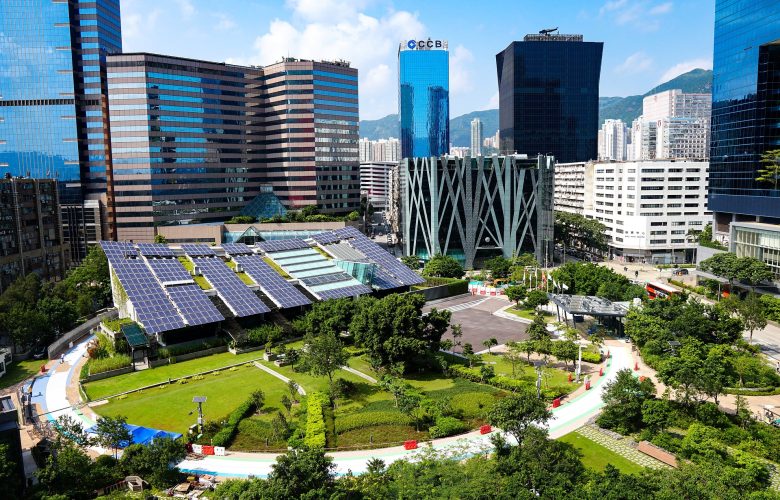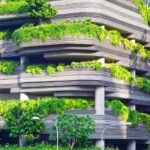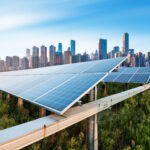Concrete has been a favourite building material of humans for centuries. It is said to be the second most essential substance on earth after water. Over four billion tons of cement are manufactured annually. It is unlikely to find buildings, bridges, roads, hydroelectric dams and other large permanent structures that are not made of concrete. However, it should be noted that the continuous use of concrete in buildings can be very harmful to the environment, contributing to climate change. In this article we feature five alternative building materials to concrete, a substance which pervades our modern cities that have mostly become concrete jungles.
- Hempcrete. In the 1990s, hempcrete (or hemplime) was used for the first time in France to build small buildings. It is formed from a mix of the hemp hurd with lime and water. The advantages of using hempcrete are that it does not attract insects and it is environmentally friendly. (Roberts, 2019)
- Ferrock. Developed by inventor David Stone, ferrock is a carbon negative material made from steel powder that is rejected from industrial activities that produce substances, such as silica from ground glass. Usually, the substance toughens when exposed to carbon dioxide and forms a carbon negative mixture. It is five times stronger than Portland cement. The disadvantage is the inaccessible of the material for construction globally. (Concrete Jungles: 6 Cement Alternatives That Can Reduce Its Impact in Cities, 2022)
- Straw Bales. Straw bales are used to build walls in a frame that displaced other building alternatives such as concrete, bamboo, recycled plastic among others. Normally, straw bales provide protection for climate change when they are correctly secured. One advantage of using straw bales for building is that they can last for at least 100 years.
- Bamboo. Another common alternative building material is bamboo. Known for its durability and inexpensiveness bamboo, which has been used in structures for centuries, continues to be an important material for the construction of modern buildings. The advantages of bamboo are that it is renewable and it can be restored by nature.
- Mycelium. Mycelium is a natural substance that is made from the root of mushrooms and fungi. Mycelium in brick form is often considered to be one of the most innovative alternative building materials. On the downside, despite the fact that it is being seen as a possible alternative to concrete, there are not enough illustrative examples of its use to encourage largescale uptake at the moment. (Peckenham, 2016)
The five alternative building alternatives — hempcrete, ferrock, straw bales, bamboo and mycelium — have been proven to be effective substitutions for concrete. Using these alternatives will likely provide less negative impacts on the environment and make for a brighter and more breathable environment in the future.
References
Concrete Jungles: 6 Cement Alternatives that can Reduce its Impact in Cities. (2022, July 26). ArchDaily. https://www.archdaily.com/985952/concrete-jungles-6-cement-alternatives-that-can-reduce-its-impact-in-cities
Peckenham, E. (2016, August 2). 11 green building materials that are way better than concrete… Inhabitat.com; Inhabitat. https://inhabitat.com/11-green-building-materials-that-are-way-better-than-concrete/
Roberts, T. (2019, February 15). Building with Hempcrete. Rise. https://www.buildwithrise.com/stories/building-with-hempcrete






